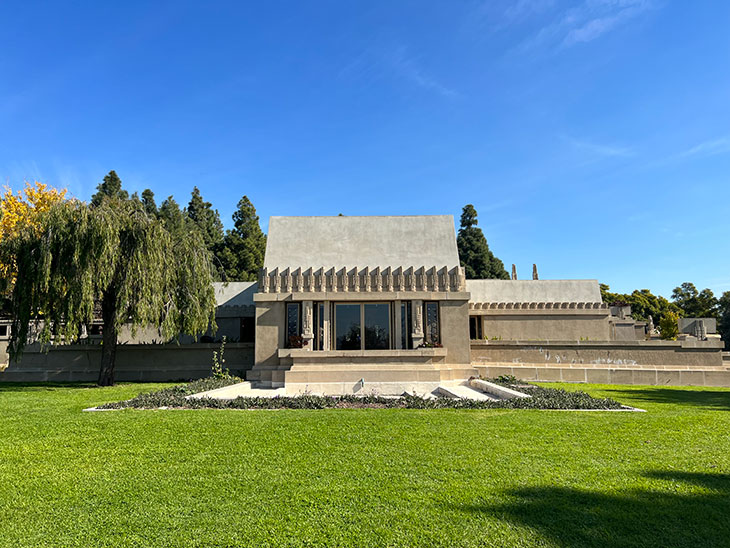
Mayan Revival architecture is a fascinating architectural movement that found its inspiration in the art and buildings of pre-Columbian Mesoamerican cultures, particularly those of the Maya civilization. Emerging predominantly in the early 20th century, this style was characterized by the use of large, monolithic forms, extensive ornamentation, and a sense of imposing grandeur that seeks to revive and incorporate the majestic aesthetic of the Mayan architectural heritage into modern contexts. The fascination with this style reflects a broader trend in Western architecture that sought inspiration from ancient civilizations, exploring their unique contributions to design and building techniques. One of the most significant figures in this movement was Frank Lloyd Wright, whose Hollyhock House in Los Angeles stands as a profound example of how ancient architectural influences can be seamlessly integrated into modern designs.
RESIDENTIAL ARCHITECTURE
With its complex calendrical systems, hieroglyphic writing, and impressive architectural feats like step pyramids and intricately carved temples, Mayan Revival architecture captured the imaginations of 20th-century architects. They sought to imbue contemporary designs with a sense of history and exoticism, exploring ancient motifs and adapting them to fit the new contexts of their time. The style incorporated key elements such as pyramid-like structures, strong horizontal lines, and lavish, detailed ornamentation. Decorative motifs often featured stylized geometric patterns, representations of Mayan gods, and symbolic animals, bringing an element of the mystical to the modern streetscape. This architectural language honored the technical achievements and artistic expressions of the Maya and aimed to convey a deeper connection to the spiritual and esoteric knowledge that characterized Mayan culture.
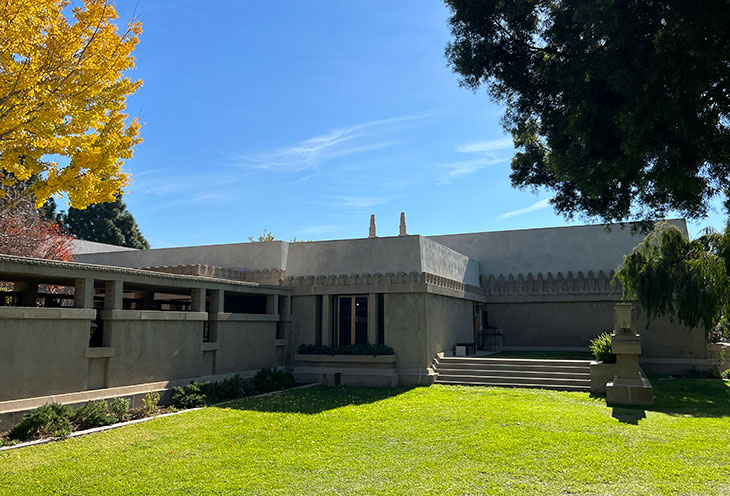
Mayan Revival architecture represents a rich interplay between past and present, demonstrating the enduring influence of ancient designs in shaping contemporary architectural discourse. Through its grand structures and ornamental complexity, this style continues to inspire, showcasing the possibilities of cultural synthesis in architecture.
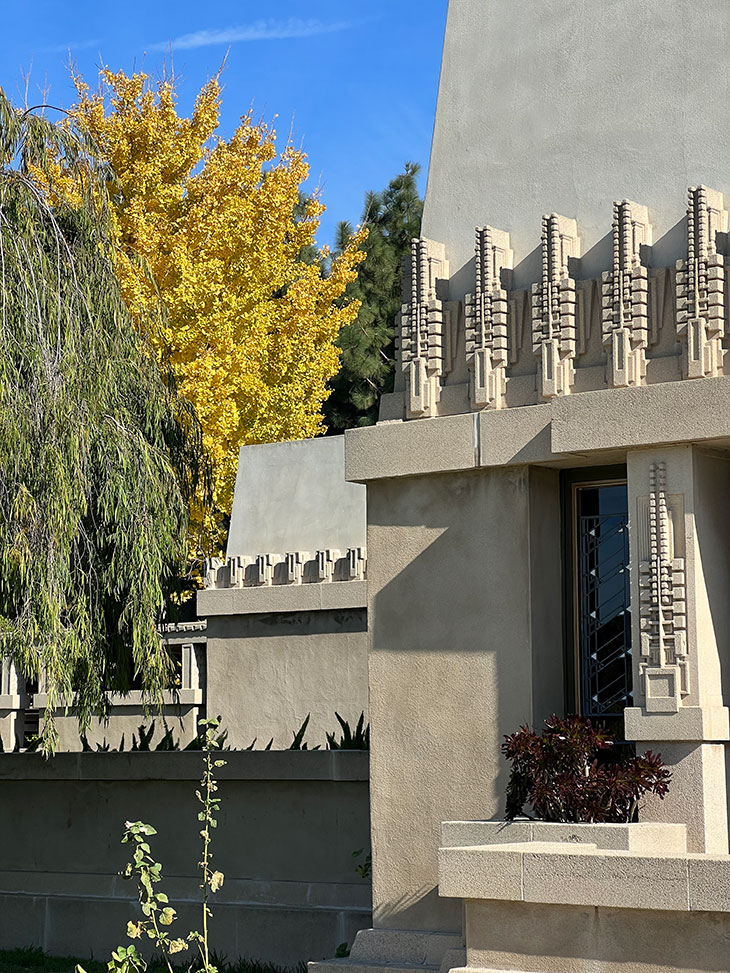
Frank Lloyd Wright and the
Hollyhock House
Frank Lloyd Wright, one of the most influential architects of the 20th century, was particularly receptive to the incorporation of non-Western design principles into his work. Wright’s fascination with Mayan architecture was evident in several of his projects, but none more so than in the Hollyhock House, which he designed for oil heiress Aline Barnsdall on Olive Hill in East Hollywood. This project, completed in 1921, is considered a masterpiece of the Mayan Revival style.
The house derives its name from Barnsdall’s favorite flower, the hollyhock, motifs of which are incorporated throughout the building. Wright’s design philosophy emphasized harmony between human habitation and the natural environment, a principle evident in the structure’s integration with its landscaped surroundings. The house’s plan is complex, with multiple levels and intersecting planes, creating a dynamic interplay of spaces and forms.
Hollyhock House features many elements inspired by Mayan temples, including strong horizontal lines, broad overhanging eaves, and a central courtyard. The exterior is adorned with abstracted hollyhock motifs and other geometric patterns reminiscent of Mayan decorations. The use of textured concrete blocks enhances the monolithic appearance, echoing the massive stonework of Mayan architecture.
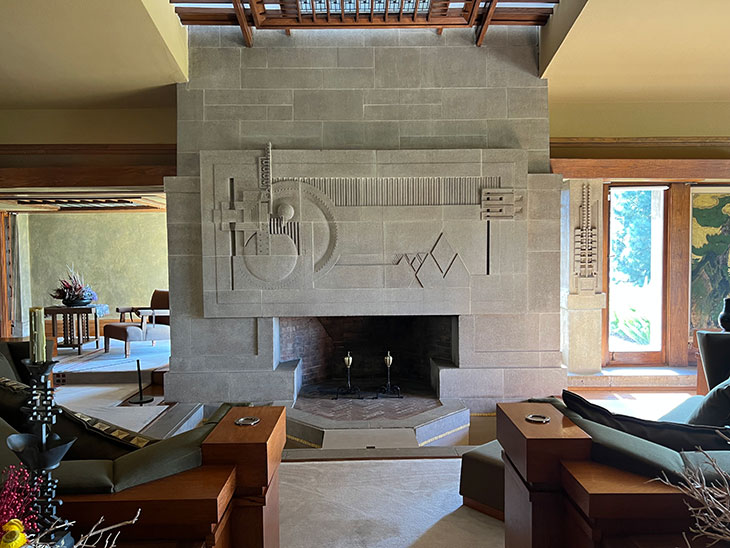
Interior and Artistic Elements
Inside, the Hollyhock House continues to reflect Mayan influences through its use of space and decorative details. The interior is organized around a central fireplace, a typical feature in Wright’s designs, which here is adorned with bas-relief sculptures that evoke Mayan stelae. Rooms flow into one another through a series of doors and windows that align to allow for natural ventilation and a visual connection with the outside.
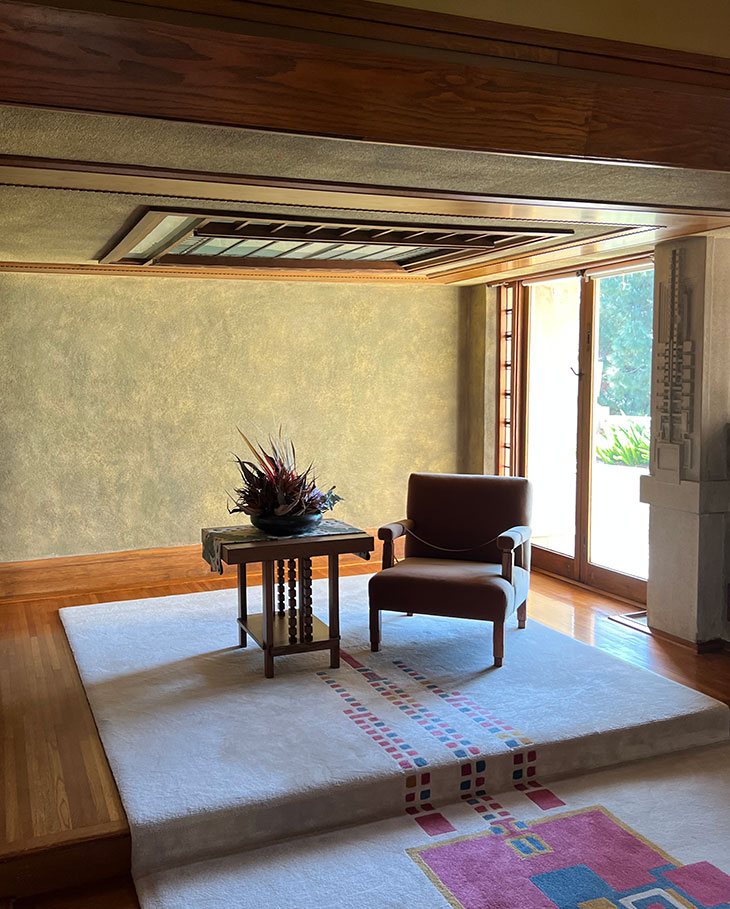
Art glass windows and custom-designed furniture further the integration of design themes, with natural motifs and stylized forms that complement the building’s architecture. Wright’s use of light, both natural and artificial, enhances the mystical quality of the space, casting shadows and illuminations that change throughout the day.
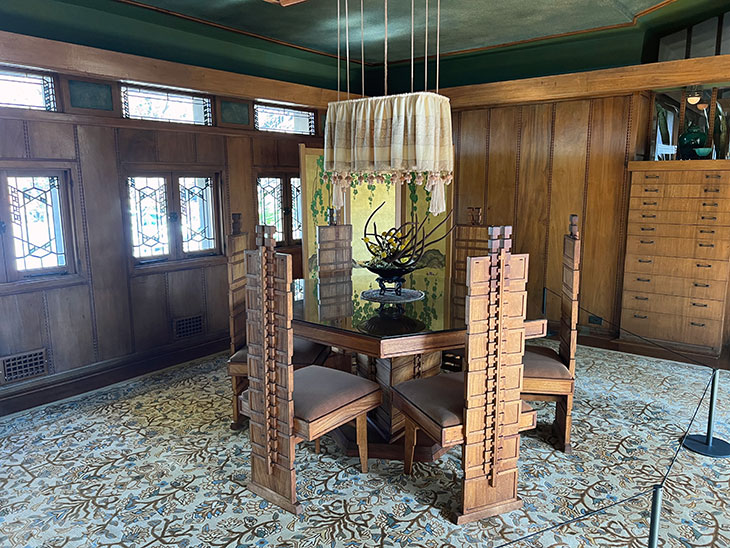
Impact and Legacy
The Hollyhock House exemplifies Wright’s adaptation of Mayan motifs and represents a significant development in his own architectural style, which would later evolve into the Usonian homes that characterized his later years. The house was ahead of its time in terms of its open plan and indoor-outdoor living concepts, which would become hallmarks of modern architecture.
Today, the Hollyhock House is celebrated not only as a pivotal piece of Los Angeles’ architectural heritage but also as a UNESCO World Heritage Site, recognized for its unique contribution to cultural history and architecture. The building is open to the public, allowing visitors to experience firsthand the blend of ancient inspiration and modern innovation that makes Mayan Revival architecture so enduringly fascinating.
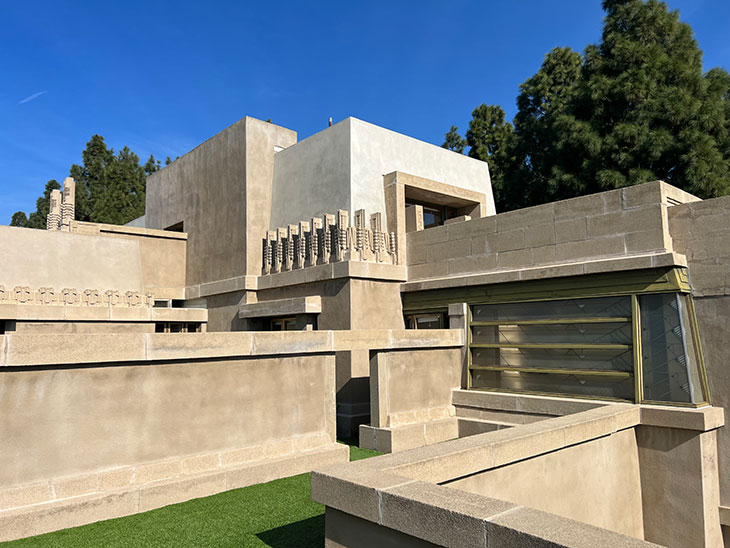
Frank Lloyd Wright’s Hollyhock House stands as a monument to the rich interplay between past and present, demonstrating how ancient designs can inform and enrich modern architectural practice. Through such works, the legacy of civilizations like the Maya continues to influence and inspire, proving that architecture is not just about buildings but about the continuation and reinterpretation of cultural narratives through time.


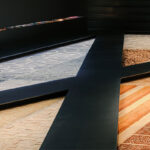
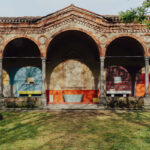
to be honest, the interiors of the house are very underwhelming and dated… i am not sure they were even cool at the time frank lloyd wright was and still is way to hyped…
The design aesthetic has massively changed…. This is not designed for 2024😳
I would love to see your work ! Can you point me in the right direction.
Very beautiful, timeless lines, very esthetically pleasing. I would love to call this home.
Actually that’s a fairly naive and uniformed viewpoint. The house is tremendous and for those who understand the magical manipulation of space employed here it is a moving experience , the entry for instance which start with a low 7′ high ceiling which expands into the high ceiling entry is amazing….?
.